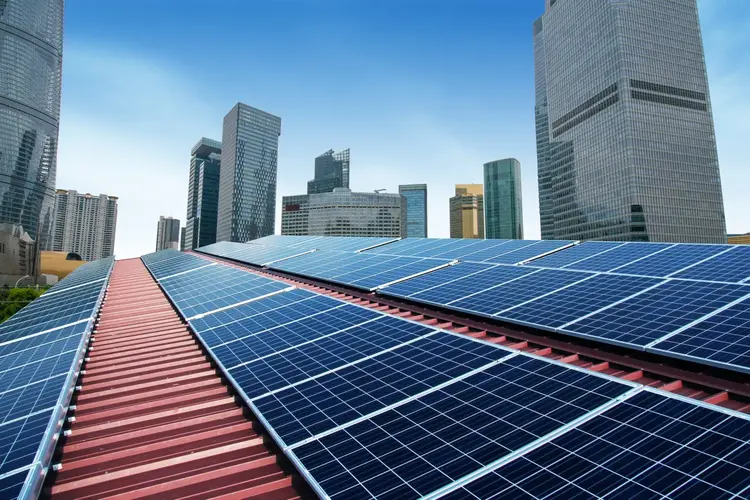Energy demand in the U.S. is skyrocketing, driven by new AI-focused data centers for training and inference. At 3PLX, we see an urgent need to expand solar panel capacity for homeowners and businesses to ease this grid strain. The simplest solution? Leverage existing spaces—rooftops, parking lots, and community buildings—via Third Party Owner (TPO) leasing models.
AI data centers can consume 100 MW or more, equivalent to the power needs of 80,000 homes. With dozens launching annually, grid capacity is buckling. Distributed solar offers a fix: homes, businesses, schools, churches, and country clubs can install panels on roofs or build solar-covered parking, generating clean energy locally and reducing reliance on overburdened utilities.
TPOs make it affordable by:
- Using tax equity structures and the IRA’s 30% Investment Tax Credit (ITC) to lower lease costs.
- Leveraging accelerated depreciation to offer short payoff terms (e.g., 6 years).
- Partnering with installers for a win-win-win: lessees save, lessors profit, and contractors thrive.
For example:
- A homeowner with a $120/month utility bill leases a 6 kW system for $90/month, saving $30 monthly and 360 kWh of grid demand.
- A school installs 50 kW on its roof and parking canopy, cutting its $2,000/month bill to a $1,500 lease, offsetting 7,500 kWh monthly.
- A business with a 100 kW rooftop array reduces its $5,000 bill to a $4,000 lease, easing 15,000 kWh of grid load.
“Expanding solar capacity isn’t just green—it’s grid-smart,” said JR Mejia, CEO of 3PLX. “TPOs can turn rooftops into power plants, offsetting AI-driven demand while slashing bills. Contact us at 561.800.3559 or info@3plx.net to explore this approach.”
Scaling this across millions of properties could offset gigawatts of demand, stabilizing the grid and accelerating the clean energy transition—all without new land development.


